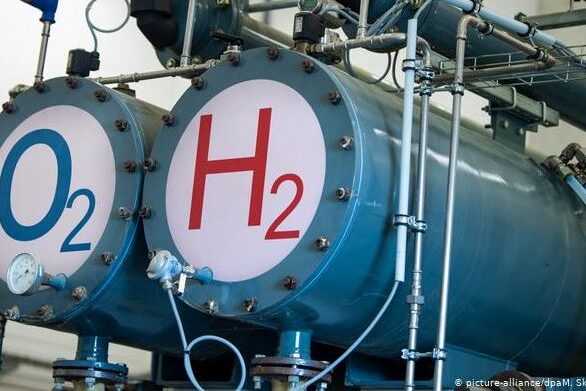Hydrogen, the universe’s most abundant element, has often been touted as a way to power vehicles and energy plants, but it is just too expensive. Most hydrogen used today is produced by reforming natural gas, which also releases a lot of carbon dioxide (CO2). Green hydrogen, on the other hand, is extracted from water by electrolysis, but it is still a very energy-intensive process.
Hydrogen’s huge advantage, however, is that can be more easily stored than other forms of renewable energy and for longer periods of time, which is why it is a key part of Germany’s energy transition (Energiewende) strategy, as Europe’s No. 1 economy seeks to become carbon neutral by 2050. Last week, the government announced that it aimed to have 5 gigawatts (GW) of hydrogen production capacity by 2030, with another 5 GW a decade later.







